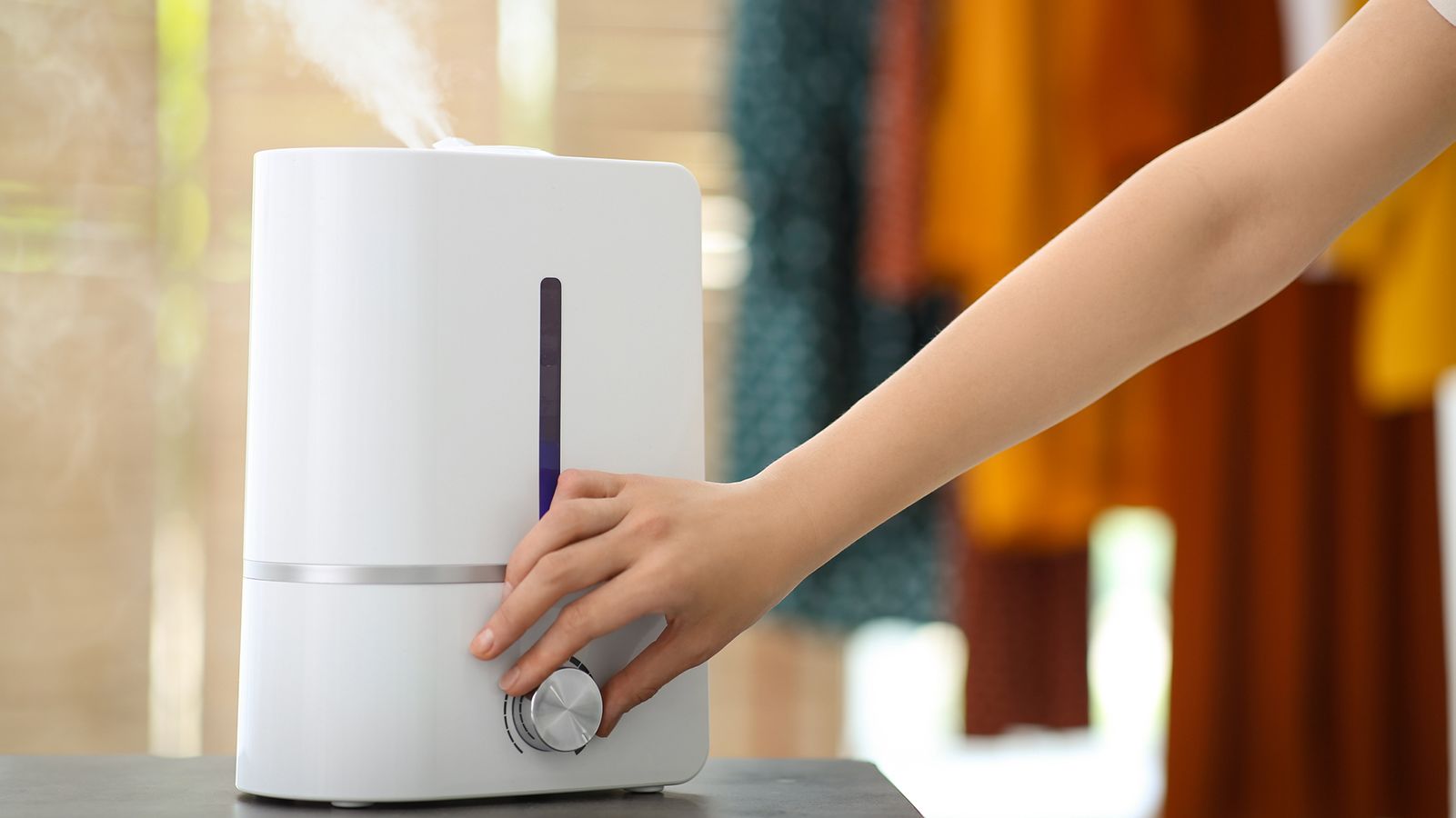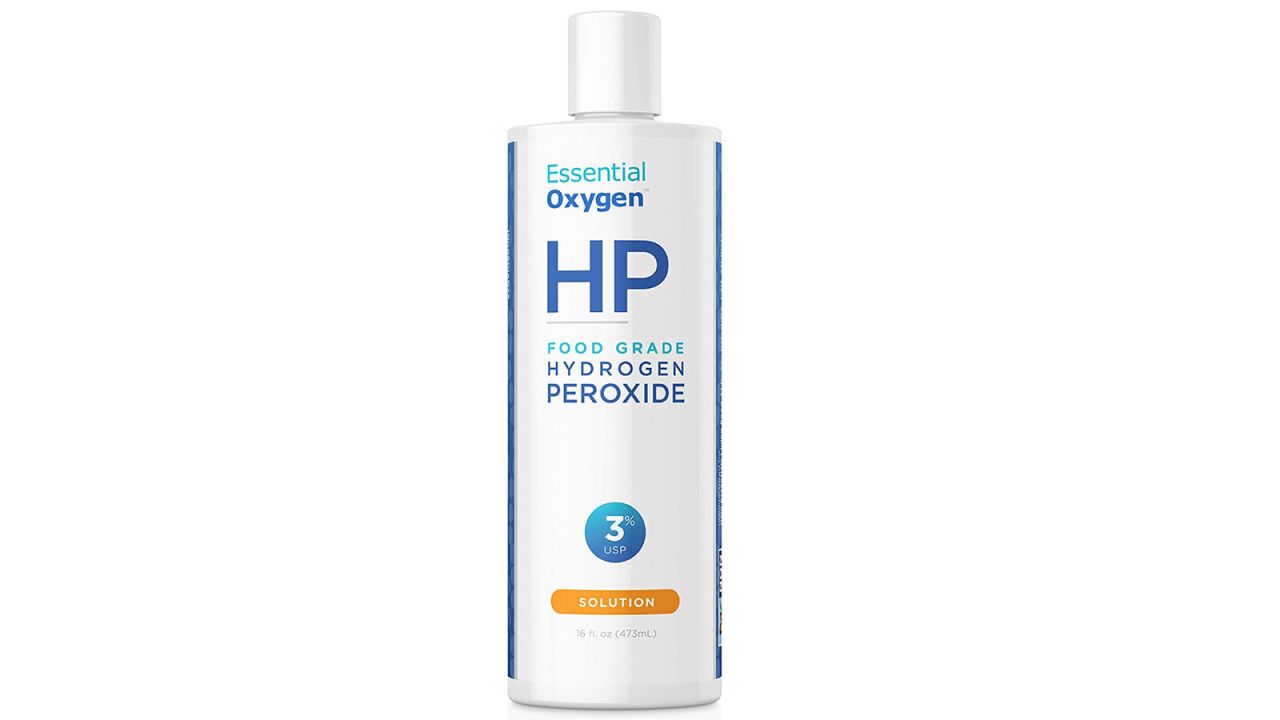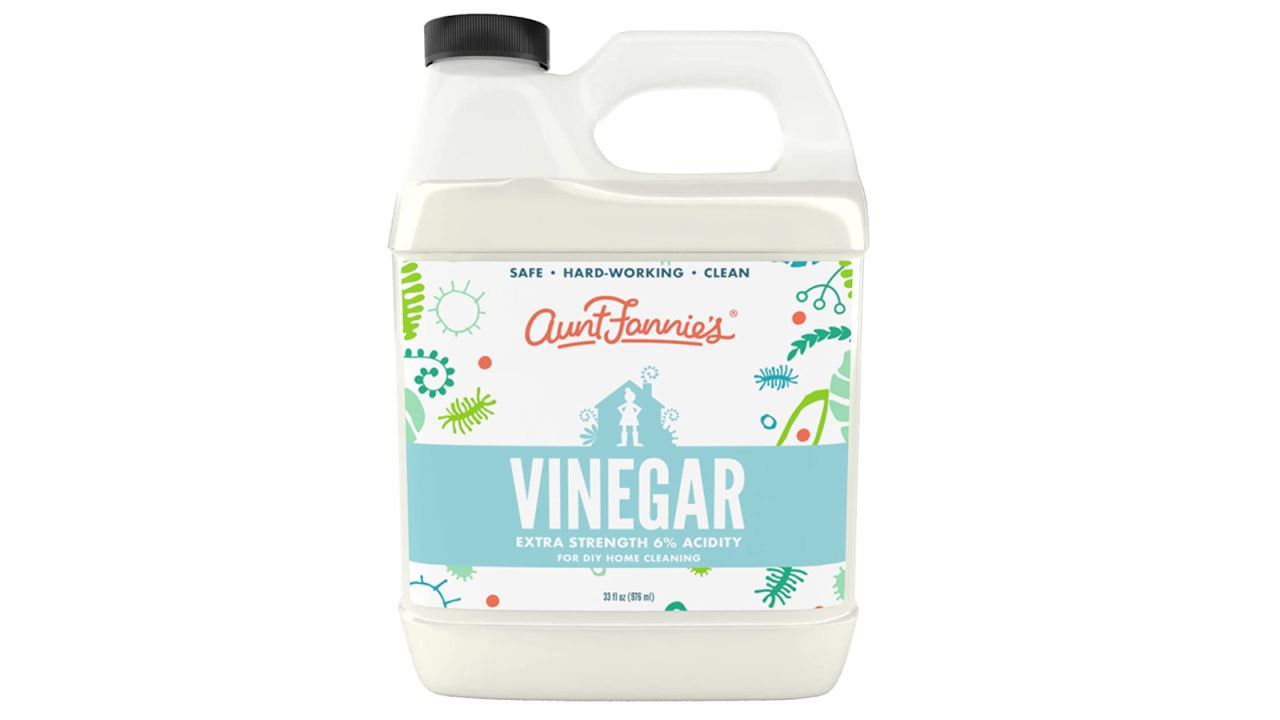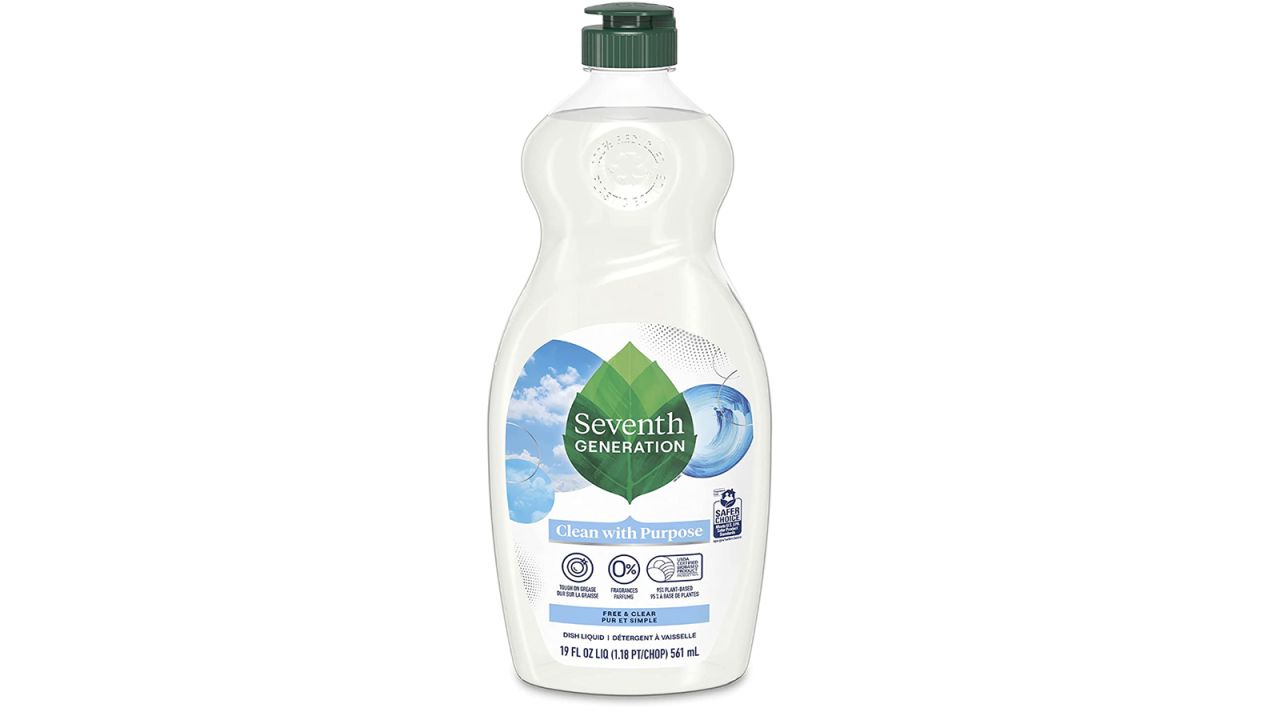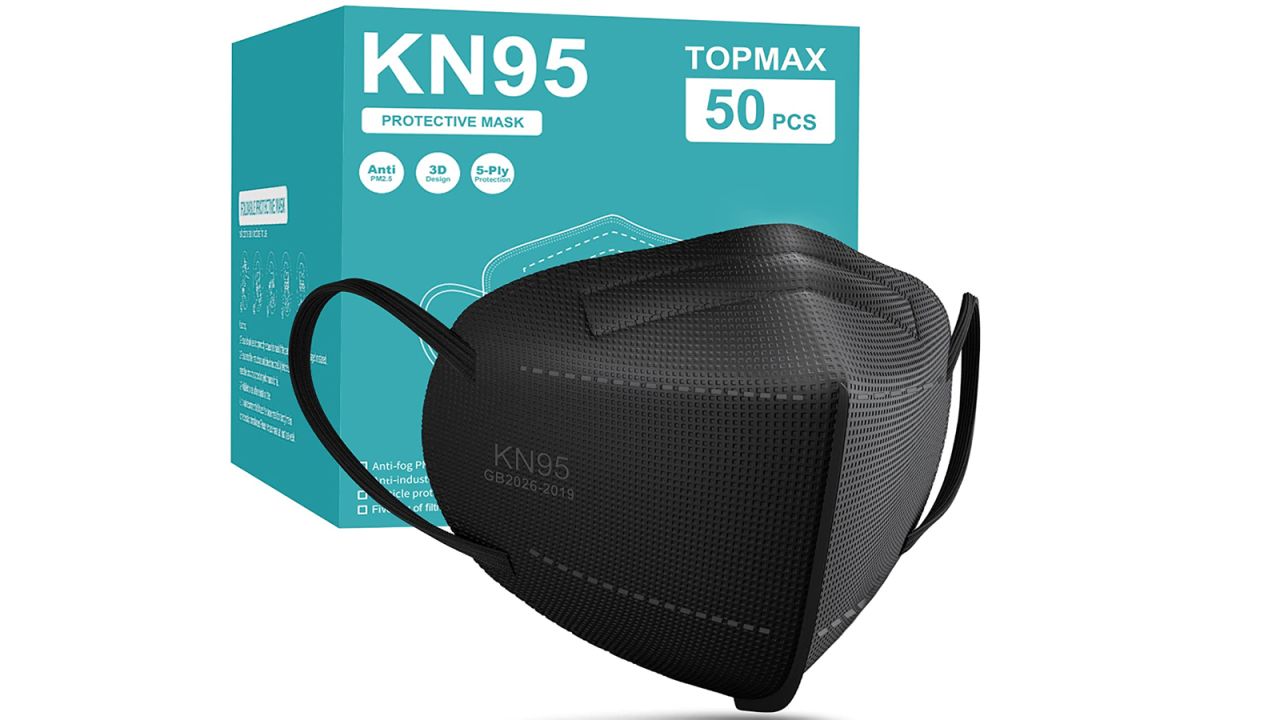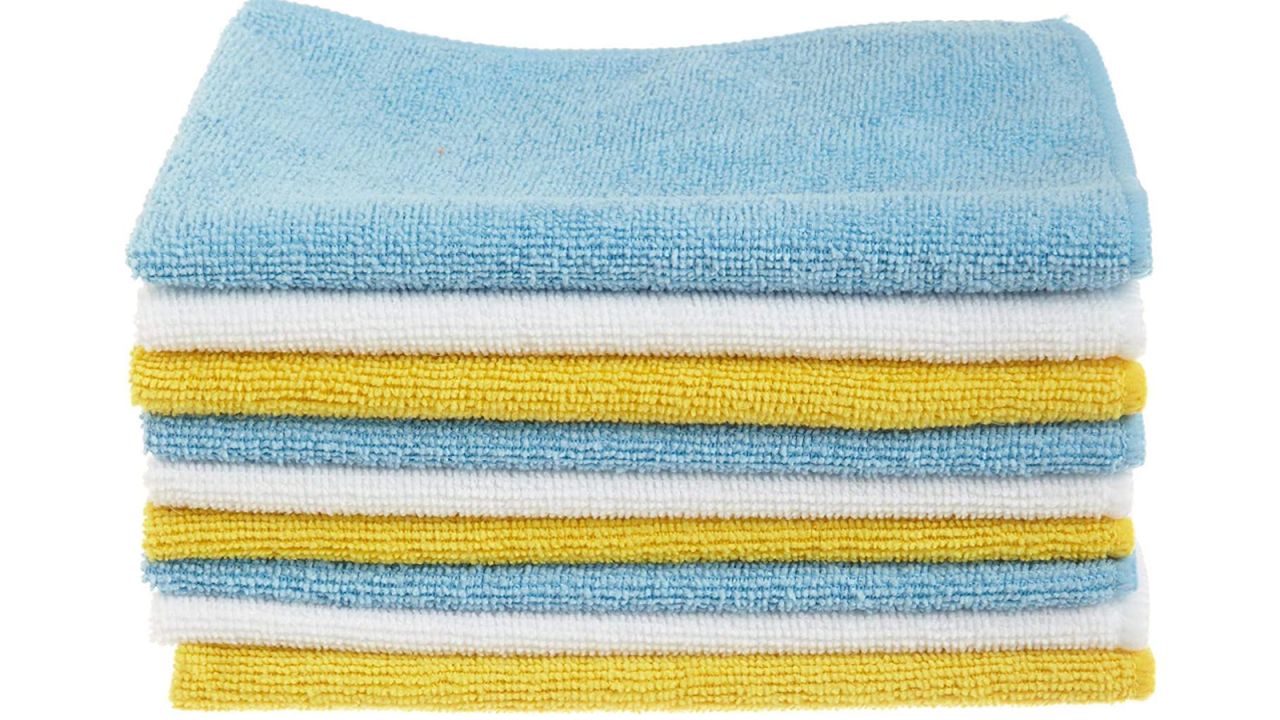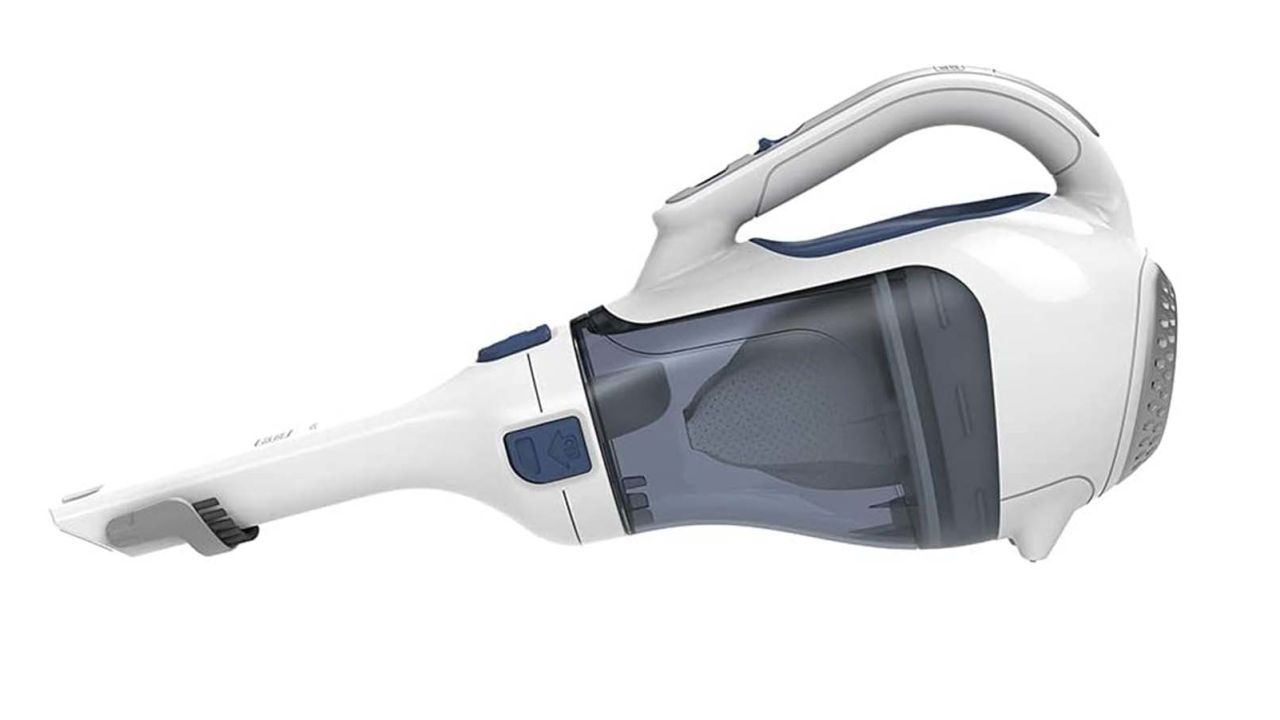Maintaining comfortable moisture levels indoors through the use of a humidifier to add moisture, or a dehumidifier to remove it, has many benefits. “Humidifiers and dehumidifiers both play supporting roles in a healthy indoor air environment,” says Melanie Carver, chief mission officer for the Asthma and Allergy Foundation of America. “Monitoring and controlling the humidity in your home can help you manage your asthma and allergies.”
- Related: The best humidifiers of 2022
But these small household appliances need regular maintenance to ensure that they run properly — and safely. “It is important to regularly clean humidifiers to prevent mold or bacteria from growing in your humidifier,” Carver says. “If mold or bacteria grows in the humidifier, it can cause illness or trigger your asthma and allergies.”
- Related: The best dehumidifiers of 2022
With the help of Carver and other experts, this guide will explain how, and how often, to clean a humidifier and a dehumidifier, as well as signs to look out for that indicate trouble (mold!) might be brewing.
Tools you need to clean a humidifier and a dehumidifier
"You should clean a humidifier or dehumidifier per the manufacturer’s instructions," Carver says. "If you don’t have the manufacturer’s recommendations, the Environmental Protection Agency recommends a 3% hydrogen peroxide solution may be useful for cleaning humidifiers."
Because they are filled with standing water, humidifiers and dehumidifiers can be a breeding ground for mold, mildew and other bacteria. White vinegar is a gentle but effective descaling and disinfecting agent.
Carver also recommends using a small scrub brush to reach small areas or corners. This set of two detail brushes can get into nooks and crannies where bacteria tends to form.
Water tanks should be washed regularly with hot, soapy water. "AAFA recommends plain soap and water for the collection tank/reservoir parts of the machines," Carver says. "Do a thorough rinse and dry whenever cleaning with soap or any other cleaning solution."
There are some safety precautions to be aware of when servicing a humidifier or dehumidifier. "If you have asthma, wear a mask when cleaning mold or ask someone else to clean the mold," Carver says.
Microfiber cloths can be used to wipe away dust and debris that can collect on the exterior and in the ports.
Disposable paper towels can also be used to clean the exterior or ports of dust and debris. Highly absorbent shop towels can also be helpful in wiping up any water that may have leaked or spilled during cleaning.
A handheld vacuum can also be helpful when cleaning units that have substantial buildup, especially those that are stored in basements or crawl spaces where dead bugs can collect on the exterior of the unit. The Black+Decker Dustbuster was our pick for best handheld vacuum of 2022.
How to clean a humidifier
“It is recommended to clean your humidifier every 72 hours for better and clean mist,” says Megan Dristilaris, a director of marketing for Vicks Humidifiers. “You should empty and wash the water reservoir with soap and water every few days,” Carver says, “or a minimum of once a week. For the types of humidifiers that use a filter, be sure to change the filters as directed by the manufacturer.”
Step 1: Rinse and refill
“On days when you’re using the humidifier, a daily rinse and refill go a long way towards preventing scale and mold/bacteria growth in the first place,” Dristilaris says. She recommends rinsing the humidifier with clean water prior to refilling it. If the humidifier is a model with a filter, “also be sure to flip over your filter (top to bottom) when you refill the tank,” she says.
Step 2: Descale and disinfect
When a humidifier is in regular use, it should be descaled and disinfected once a week. To descale the tank, fill it with equal parts white vinegar and water. Allow the solution to sit in the tank for 15-60 minutes, then drain, rinse and dry the parts before returning them to the unit. A small scrub brush can be helpful in loosening any stuck-on deposits.
Step 3: Seasonal shut-down and start-up
Before storing a humidifier, and upon taking it out of storage, Dristilaris recommends descaling and disinfecting the unit.
How to clean a dehumidifier
When it comes to keeping a dehumidifier running properly and safely, regular maintenance is key. The water tank should be emptied and washed once a week with soap and water; when emptying the tank, give the unit a once-over for signs of trouble.
“If you see buildup or discoloration on any part of the humidifier or dehumidifier — the water tank, reservoir or base — it is a sign that it is in need of cleaning, as this could indicate mold growth,” Carver says. “If your device starts to run louder than usual, it may be a sign that the filter has a lot of buildup on it and it’s time to clean or replace it.”
On a monthly basis, dehumidifiers should be checked, and cleaned if necessary. There are three areas to check to ensure the dehumidifier is running properly: the inlet cover and filter, the drain port and collection tank, and the drain hose.
Step 1: The inlet cover and filter
Check the inlet cover and filter for dust and debris — dust buildup can cause a decrease in airflow that will diminish the dehumidifier’s performance. If there is dust and debris, use a vacuum or a microfiber cloth to remove it.
Step 2: The drain port and collection tank
Check the drain port and collection tank for water spots and clogs. Use a microfiber cloth or a paper towel to wipe away any water spots from the tank, and to dislodge any visible clogs.
Step 3: The drain hose
Check the drain hose for clogs. If the drain hose is clogged, either replace it with a new one, or disconnect it from the dehumidifier, connect it to a hose or sink faucet and turn the faucet on to force out anything clogging the hose.
